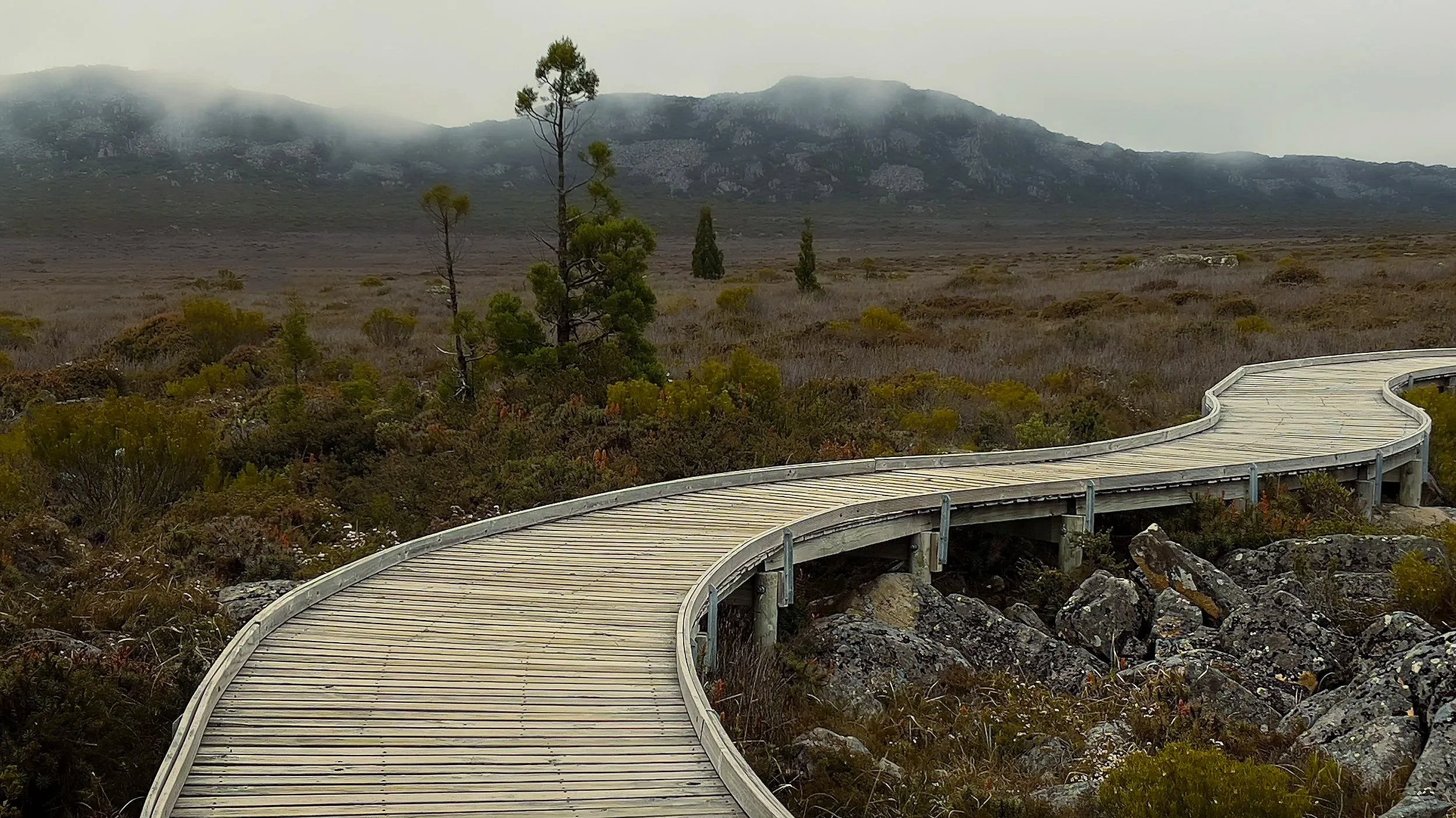Continuance - lead the eye with implied direction
The human eye doesn’t look at an image in random bursts — it moves. And what it follows most naturally are paths — curves, lines, and edges that lead from one part of the frame to another.
In photography, the visual principle behind this movement is called continuance. It’s a subtle but powerful tool that helps you control how the eye flows through your photo.
Whether you're capturing a street scene, a portrait, or an abstract detail, using continuance means you're not just showing something — you're directing it.
What is continuance?
Continuance is the idea that the eye will naturally follow lines or curves — even when they’re only partially visible or implied. The viewer’s gaze continues in the direction that a visual cue suggests.
Examples:
A road that bends out of the frame
A subject’s gaze that leads to another point
A diagonal line formed by light or shadow
A series of objects that suggest a trajectory
This flow makes the photo feel cohesive and intentional — rather than scattered or static.
Why it works
Guides attention: You’re shaping where the viewer looks and when
Adds rhythm and movement: Photos with strong flow feel more dynamic
Builds visual relationships: One object can lead the eye to another
Supports storytelling: Flow connects elements that are meant to be seen together
Photos that use continuance feel like a journey — not just a snapshot.
How to use continuance with your smartphone
Use strong lines
Roads, fences, stairs, rivers, paths, shadows — anything that suggests direction will help build visual flow.Watch your subject’s gaze or movement
Where someone looks or moves — even slightly — becomes an implied line. The viewer follows.Position objects along curves or diagonals
Straight lines are obvious, but curves can create smoother, more elegant movement.Avoid visual blocks
Interruptions like dark patches, clutter, or awkward cropping can stop the eye. Keep the path smooth.Shoot from low angles or side perspectives
These emphasize lines that move into or across the frame — enhancing the feeling of motion.
When to use continuance
In scenes with strong geometry or direction
To link multiple elements in a storytelling composition
When working with leading lines or diminishing perspective
In portraits where a subject’s gaze points to something meaningful
It works in both obvious and subtle ways — from literal lines to implied paths.
When to avoid it
In minimal or abstract shots where stillness is the goal
When you want the viewer to pause on a single subject, not travel
In chaotic environments where adding flow could confuse rather than clarify
Continuance is about smooth visual transition — if it feels forced, hold back.
Did you know?
Continuance is another core principle of Gestalt psychology, which studies how humans interpret visual information. It explains why we follow the path of a dotted line, why we mentally complete arrows, and why our eyes are drawn along roads or architectural edges. Photographers use this instinct to shape rhythm and guide narrative — even in still images.
Tips for better visual flow
Sketch the path your eye takes when reviewing a photo
Use S-curves or diagonal compositions for elegant movement
Think like a filmmaker: What’s the path of attention, and where does it end?
Combine with light: Directional light can add invisible arrows to your composition
Common mistakes
Using lines that lead the eye out of the frame without resolution
Disrupting the path with visual clutter
Ignoring the subject’s gaze or gesture — which creates unintended flow
Relying on strong lines without considering what they point to
The line is only useful if it leads to something that matters.
Related techniques
Use the search bar above to search for any composition technique, including the below:
Leading lines
Visual flow
Gaze direction
Juxtaposition
Corner to corner
Conclusion
Continuance turns still images into visual journeys. It guides your viewer step by step — showing them not just what to look at, but how to move through the scene. With the right lines, placement, and implied motion, you can shape the entire experience of your photo from first glance to final impact.
📘 Flow-based composition is a cornerstone of Stronger Photo Composition - 4-Step System. Learn how to lead the eye, balance your frame, and build rhythm into every photo you take.
👉 Buy the physical book or PDF version of Stronger Photo Composition - 4-Step System

